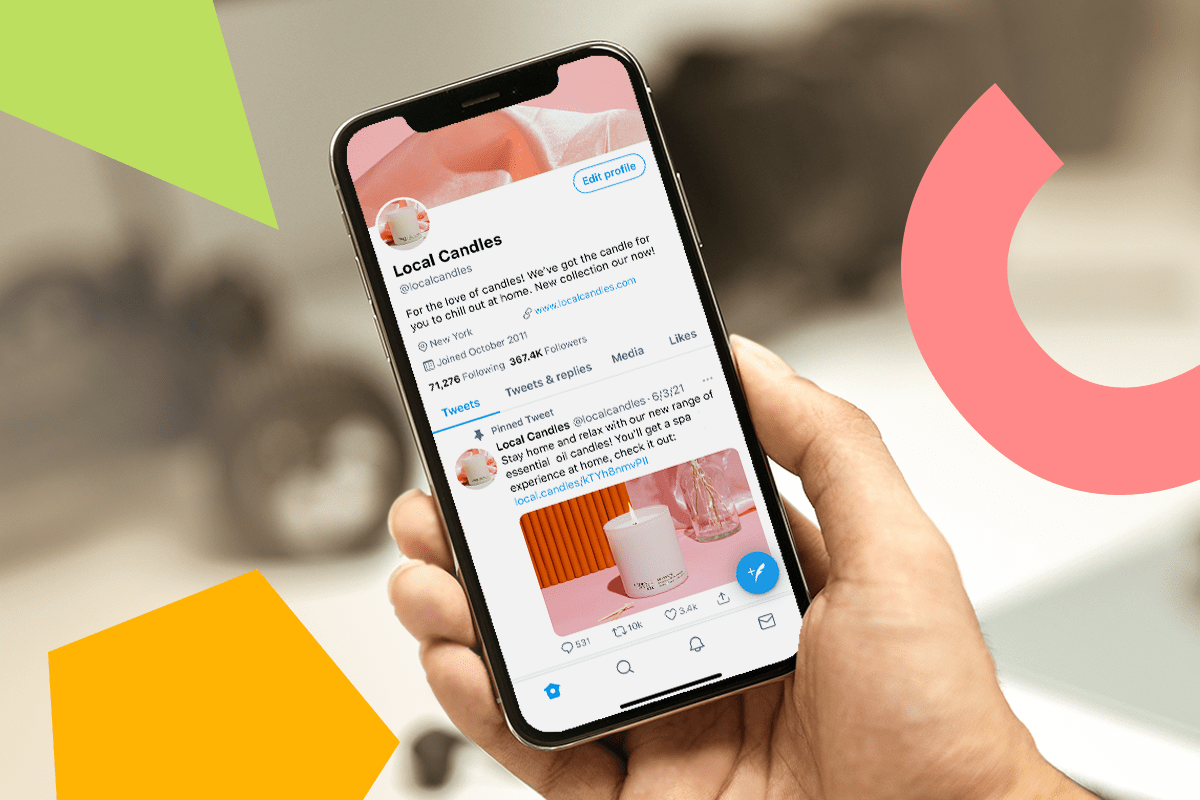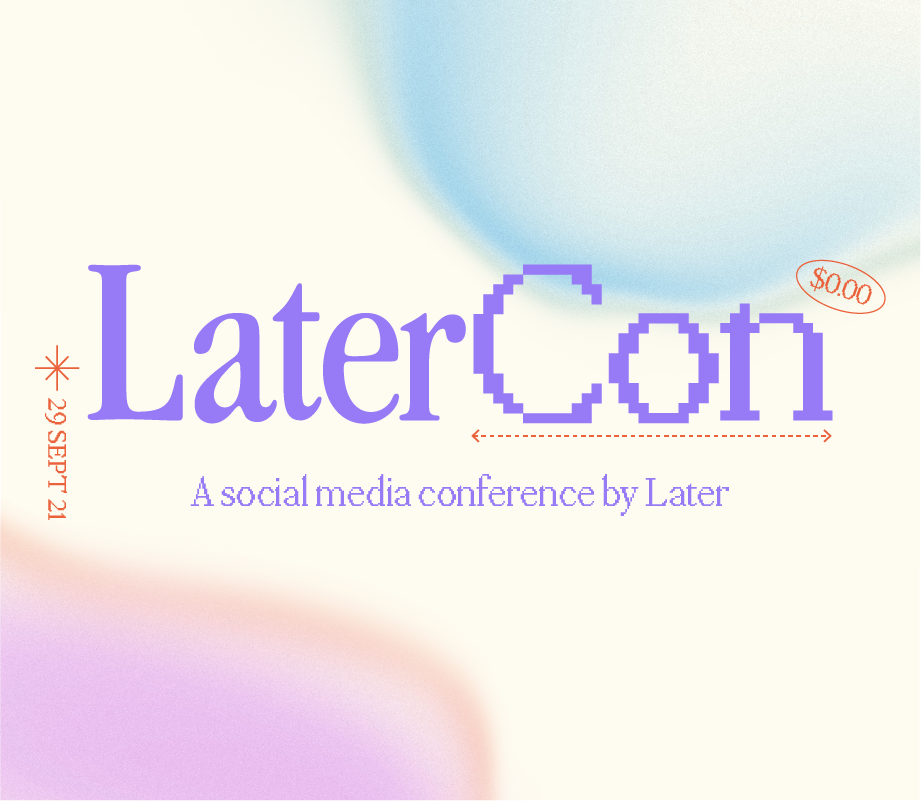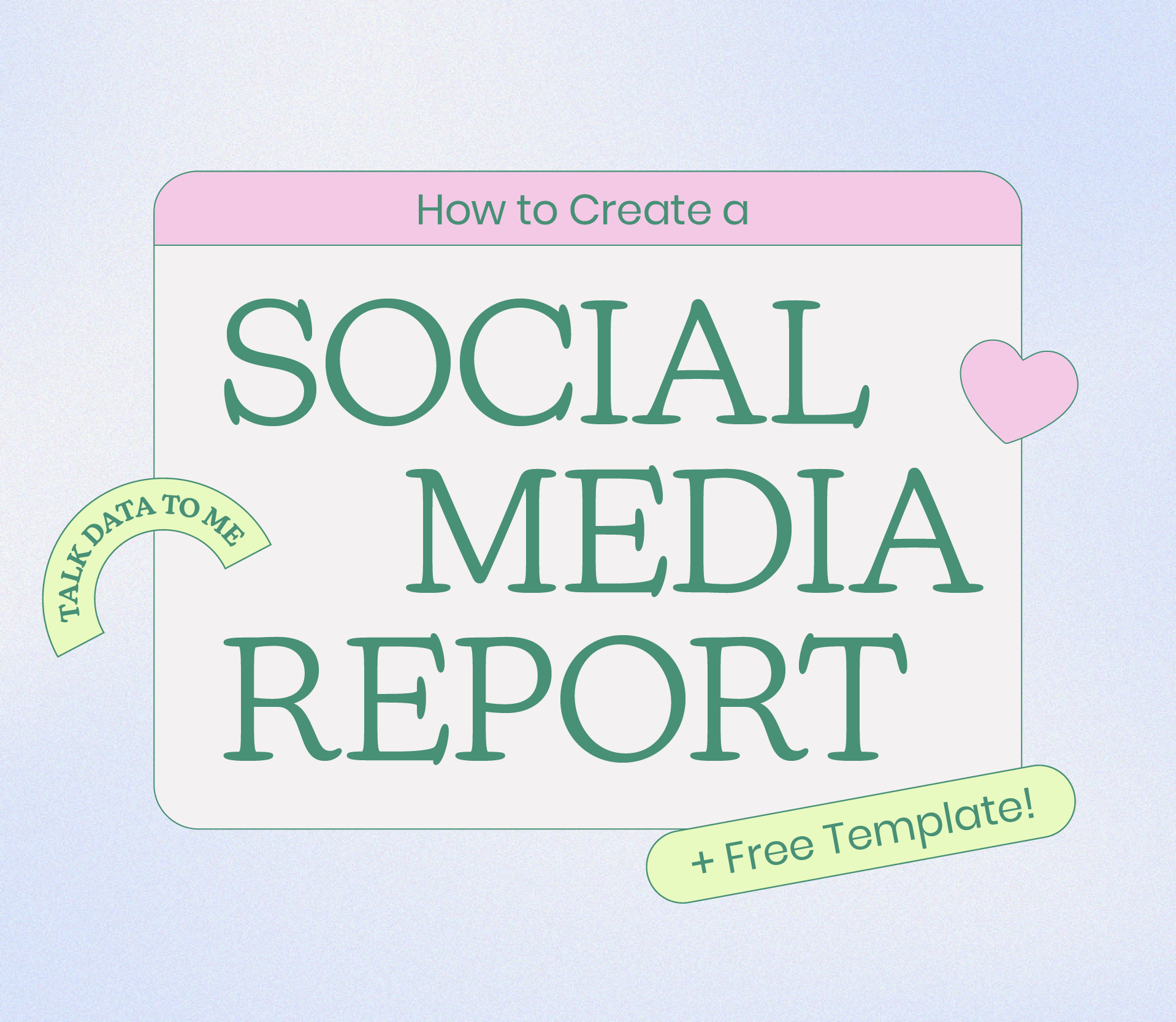Twitter is a great platform to join conversations, share your thoughts, and stay up-to-date with breaking news or industry trends.
And with a focused strategy, you can turn your brand’s Twitter account into a powerhouse for garnering leads and building an engaged community.
Ready to learn how to use Twitter for business? Let’s get into it.
Why You Should Use Twitter for Business
Unlike other social platforms which are primarily focused on video content or long form captions, Twitter encourages reactive Tweets and images.
With a 280 character limit, your Tweets need to be short and sweet.
This makes it perfect for delivering company announcements, sharing blog posts, providing timely customer support, and so much more — all with a touch of personality.
We have grilled cheese now so you can stop burning yours and just come here.
— Dunkin' (@dunkindonuts) April 7, 2021
Plus, with over 180M users on the platform, there’s a major opportunity to reach new people and increase brand awareness.
According to Twitter’s Letter to Shareholders, Q4 of 2020 saw a 27% increase in YOY (year-over-year) monetizable daily active usage.
The takeaway? Twitter is going from strength to strength — so if you’re not already active on the platform, now could be a great time to start.
Later’s Scheduling Tool lets you plan and schedule multimedia Twitter posts in advance — get started now for free!
How To Use Twitter for Business
Develop a Twitter Strategy
Audit Your Twitter Presence
Cultivate Your Twitter Voice
Engage, Engage, Engage
Plan Your Content In Advance
Experiment with Twitter Spaces
Tip #1: Develop a Twitter Strategy
A comprehensive social media strategy is a major key to success on any platform, and Twitter is no different.
Start by determining what you want to achieve with your brand’s Twitter account: do you want to drive traffic to your website? Grow your community?
Next, craft SMART (specific, measurable, achievable, relevant, and timely) goals. They might include:
Increasing engagement by 5% MOM (month-over-month)
Increasing website traffic by 25% YOY
Growing Twitter community by 15% YOY
It’s also a good idea to know who your target audience is. Ask yourself questions like: how old are they? Where do they live? What are their interests?
Take NWSL team Angel City FC. Their demographic includes Spanish-speaking followers, and their pinned Tweet reflects that:
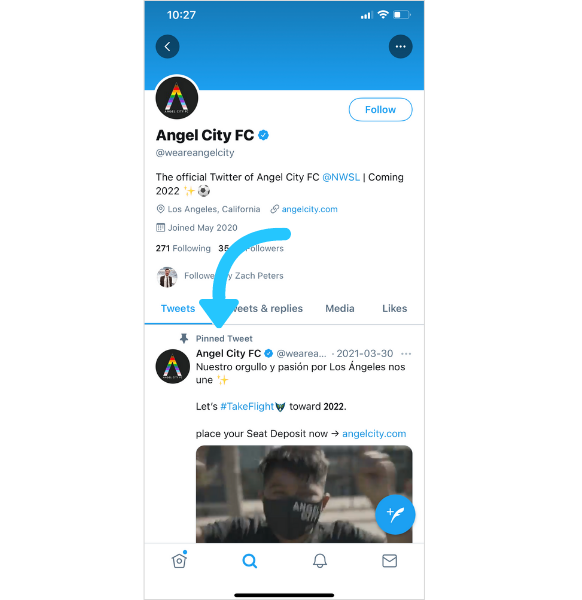
Using two languages lets new followers know that the soccer team is inclusive and engaging — especially to a large Spanish community in the US — and supports their overarching goal of driving ticket sales.
TIP: As part of your Twitter strategy, aim to establish content pillars to get clarity on what you’ll be posting on the platform.
Tip #2: Audit Your Twitter Presence
Now that you’ve brainstormed and determined your goals, it’s time to audit your current presence on the platform. (Note: If you’re starting a brand new account, skip to Tip #3!)
Use Twitter Analytics or a third-party tool to analyze old Tweets. Take notice of what performed well, and what didn’t – and think about why that may have occurred.
Do they align with your new Twitter goals? If not, how can you pivot?
You can also use a third-party analytics tool to learn more about your followers. Key metrics to note would be:
Top followers
Locations
Age range breakdown
Gender breakdown
Audience interests
This is also an opportunity to audit who your brand follows, and to refresh your profile picture, bio, and cover photo.
TIP: Check out a few businesses in your industry. What are they doing on Twitter? Are they doing it well? How can you do what they do better and with your own voice?
Tip #3: Cultivate Your Twitter Voice
Creating a unique Twitter voice will set you apart from your competition, which will help to increase brand loyalty in the long run.
Is your brand loud and energetic? Relaxed and soothing? Formal and newsworthy? Is your target audience under the age of 30? Over the age of 50? These questions will help you determine not only who you’re talking to, but how you should be talking to them.
Cheese company Velveeta has created a Twitter voice that perfectly aligns with their brand. Their Twitter handle alone (@EatLiquidGold) gives you a glimpse into their fun persona on the platform.
WHAT'S THE FUNNIEST TWEET THAT YOU HAVE SEEN ON THIS SOSHELL MEDIA SITE YOU THINK ABOUT REGULARLY?
— Velveeta (@EatLiquidGold) April 7, 2021
Tweeting in all caps and using pasta puns has become their signature and illustrates their quirky personality.
Another example is the UN Women Twitter account. They frequently use emojis, hashtags, and exclamation points to deliver newsworthy Tweets while maintaining a friendly voice.
Using engaging visuals (images, videos, and GIFs) in their posts helps them break through the text clutter and stand out from the crowd.
Want to learn more about engaging your followers on Twitter? Check out How to Get More Followers on Twitter.
Tip #4: Gather Valuable Customer Insights
In addition to all the great brand building you can do on Twitter, you can also use the platform as a big, global focus group for your brand.
Because it’s a platform where text is king, you’re able to dig into what people are saying about certain products and industries — making it a goldmine for timely feedback.
Twitter’s Explore page gives you a list of trending topics and hashtags in your region. Use this feature to discover conversations that are important to your community.

You can also search for your company’s name or product to see what people are saying about it in real-time.
Your business page doesn’t even need to be tagged or mentioned for you to gain these valuable insights — making it a super valuable tactic.
Tip #5: Plan Your Content in Advance
Content calendars are a great way to plan where and when your content goes live across all platforms.
By planning and scheduling Tweets in advance, you can batch create content and streamline your workflow — so you can win back valuable time into your schedule.
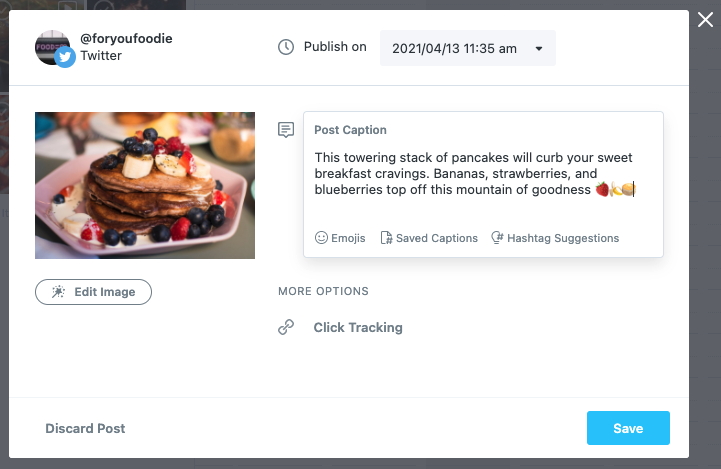
Plus, Later has tons of helpful features to make the whole process quicker and easier. With Saved Captions and Hashtag Suggestions, staying active on Twitter is a breeze.
Tip #6: Experiment with Twitter Spaces
Voice marketing is a hot trend — whether it’s Clubhouse, the rise of podcasts, or social platforms experimenting with audio features.
And Twitter has joined the party with Twitter Spaces, a new live audio “room” currently in beta.
you might start seeing some notifs if someone you follow starts a space or joins one. let us know what you think
— Spaces (@TwitterSpaces) April 1, 2021
Spaces could become a place for entrepreneurs to network and position themselves as thought leaders within their community, or a way to promote their products.
The takeaway? Experimenting with content on Twitter can help you see what works and what doesn’t — whether it’s using memes, Spaces, or a new brand voice.
Your social media strategy will be specific to your brand goals, but with these six tips, you’ll be one step closer to using Twitter effectively for your business.
Ready to level up your strategy and use Twitter for business? With Later, you can plan and schedule all your social media posts in one place!
